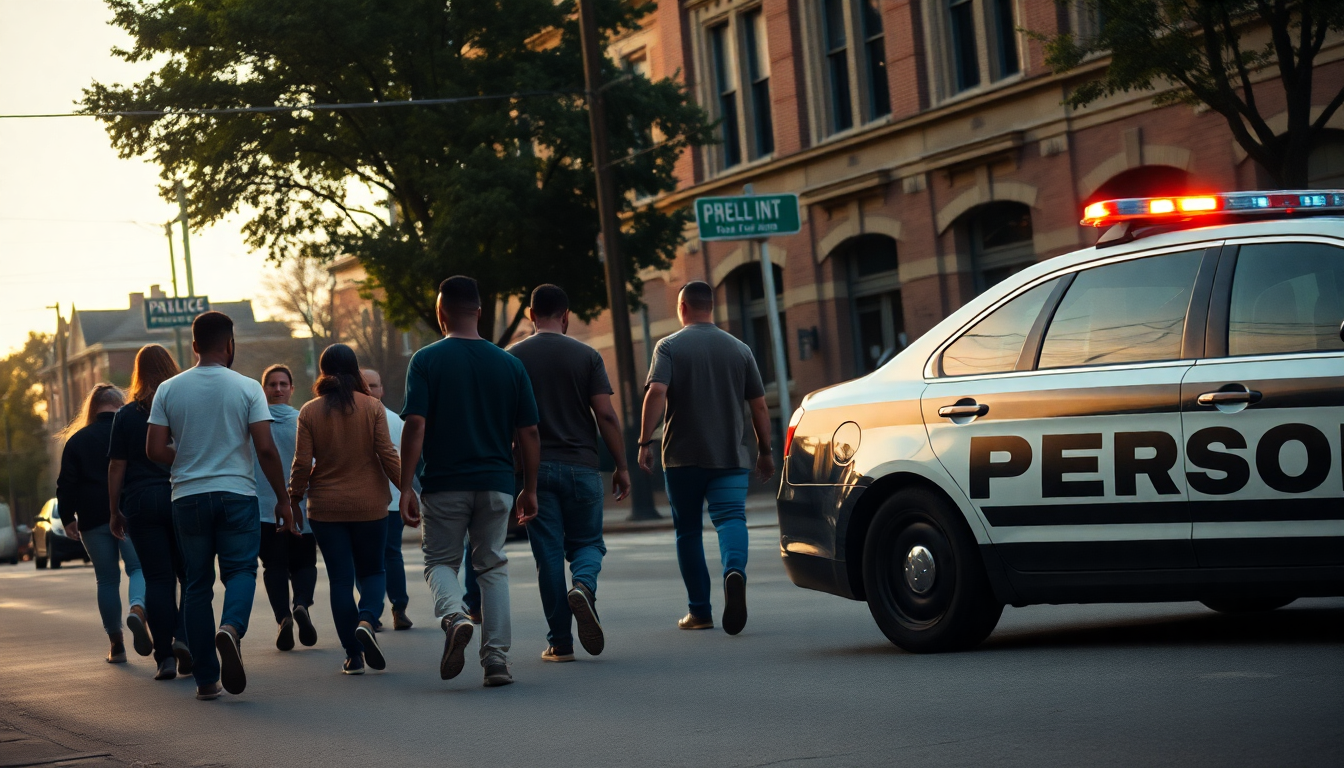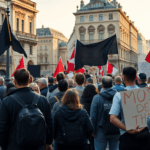Table of Contents
The recent violent altercation in Cincinnati has ignited a wave of outrage and conversation, shining a spotlight on a concerning trend: urban violence and its impact on our communities. As cities wrestle with safety issues and the fabric of community life, incidents like this serve as urgent reminders to dig deeper into the factors that drive such aggressive behaviors.
It’s not just the victims who bear the scars; this situation compels us to reflect on the societal frameworks that might be failing to safeguard our citizens.
The Incident: A Closer Look
Last Saturday, a shocking brawl erupted in Cincinnati, leading to serious injuries for a middle-aged woman named Holly.
Ohio Senator Bernardo Moreno shared distressing images of her battered face, which quickly captured public attention and condemnation. These visuals starkly illustrate the aftermath of an unprovoked attack, showcasing bruises and swelling that bring home the reality of violence in our cities.
Video footage of the incident spread like wildfire, showing a chaotic scene where the victims, a white couple, found themselves surrounded and assaulted by a larger group. The brutal nature of the attack—complete with punches and kicks aimed at seemingly defenseless individuals—raises pressing questions about community safety and the social dynamics at play.
It’s not uncommon for such incidents to spark discussions around race, privilege, and the responses of law enforcement and local authorities. How can we ensure that everyone feels safe in their own neighborhood?
Societal Reactions and Implications
The fallout from the brawl has elicited mixed reactions from public figures and community leaders.
Cincinnati Councilwoman Victoria Parks faced criticism for her remarks implying that the victims bore some responsibility for the violence they endured. This kind of rhetoric can perpetuate toxic narratives that shift blame onto the victims instead of tackling the underlying causes of violence and aggression in our communities.
Moreover, this incident has highlighted the urgent need for proactive measures to enhance urban safety. Community leaders and residents must unite to foster discussions that prioritize understanding and addressing the root factors leading to such violent outbursts. Issues like economic inequality, limited access to mental health resources, and social disenfranchisement often fuel public violence. Isn’t it time we addressed these challenges head-on?
Looking Ahead: Strategies for Prevention
As we reflect on the Cincinnati brawl, it becomes increasingly clear that we need effective strategies to prevent urban violence. Initiatives that engage the community, educational programs, and better access to mental health services are all key elements of a well-rounded approach to violence prevention. By building strong, resilient communities that emphasize safety and inclusivity, we can tackle the factors that lead to violent incidents.
Furthermore, collaboration among local governments, law enforcement, and community organizations is essential. This partnership can create an environment where open dialogue about safety and community well-being is not just encouraged but expected. By investing in community resources and support systems, cities can begin to address the root causes of violence rather than just the symptoms. How can we work together to create a safer environment for everyone?
In conclusion, the recent events in Cincinnati are a stark reminder of the challenges urban areas face regarding violence and safety. Only through collective effort and a commitment to understanding the complexities of these issues can we hope to build safer, more inclusive communities for all citizens.





